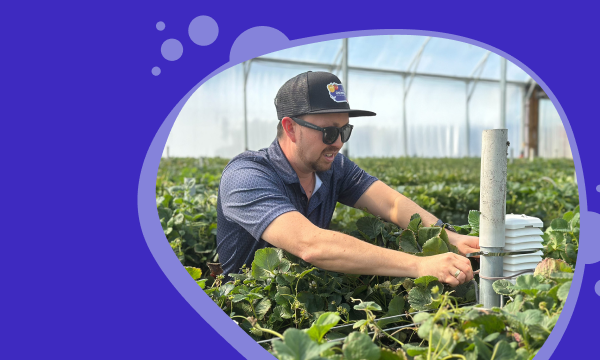
- ARTICLE
- CROP MANAGEMENT
How Climate Insight Levels the Protected Cropping Field
Daniel Than, Customer Success Director at WayBeyond, explains why actionable climate insight—not...
20.10.2024 | 3 min read
I’m pretty sure we take seeds for granted. They are right under our noses, everywhere we turn. From corn, wheat, and cotton to barley and flowers, seeds are the foundation of everything we eat and wear. Seeds become fibres and fabrics to make our clothes, towels, sheets, hats, flags, and so on—they can even be turned into bio-jet fuel.
Here’s a fantastic fact about Ethiopian mustard seeds for the week: the seed produces less black carbon exhaust than fossil fuel with a higher flash point, which makes it safer to use on Navy ships. Less black carbon equals a cleaner environment.
A very long time ago, way back in 50 BC, salt was used to pay Roman soldiers and was considered white gold because it preserved meat and fish.
Commodities are just the raw materials needed to create many of the products we buy and eat. They range from agricultural products to energy products like oil and natural gas.
There’s no doubt about it - corn, sorghum, barley—are seeds that are commodities. But what if we considered the tomato seed a commodity and traded it like corn? How would this change how food is grown or how resources are used to grow our food? Or even how we thought about the value of seeds in our lives?
The US Department of Agriculture considers seeds and seedlings of agricultural and horticultural plants to be agricultural or horticultural commodities. So we could say tomato seeds ARE a commodity, but they definitely aren’t treated like one.
Tomatoes are the world's most produced fruit. The global tomato seed market is expected to grow from $1.19 billion in 2023 to $1.85 billion in six years by 2030. The growth rate of tomato seeds is due to several factors, including the health of the soil, pest control, and water scarcity. And those climate factors right now are being pushed to the hottest and driest in the countries that grow the bulk of our food globally.
There really isn’t one. Seed companies have little idea of what happens with the seeds they sell to growers and how productive each seed is on a farm in Mexico versus a farm in Florida versus Morocco. Why does one variety perform better than another year on year or worse year on year? Where is the aggregated data from each grower from year to year? Tomato Seed A did great, but next year, it’s predicted to be 5% warmer in the same area with less rain, so what will happen to that seed in that harsher environment? Or five years in the future?
No one really knows. Seed producers don’t have the data, not really. They want to believe they know, but how can they? It takes seven to ten years to develop a new seed—a decade. Can you see what the next decade will look like in soil composition? Water availability? It’s educated assumptions.
And, if the intelligent scientists who study soil and water are estimating what soil composition will be like for crops, how can a seed producer who doesn’t know how their seeds perform develop a new seed a decade from now that will grow in that different environment?
The hard pill to swallow is that mature crops—corn, wheat, barley, sorghum—have become commodities. They are traded on and against—they make up the futures market. But not a futures market a decade in the future. A 10-13 years in the future futures market that says you will need a different seed NOW if you want those crops to grow in a decade from now.
That’s a futures market.
If you have enough customers and data, you could inform a new tradeable commodity—say, tomato seeds. We could begin to trade in tomatoes or blueberries—a horticultural commodity.
But if you have to wait seven to ten years to create a new plant, then it will be too late. The environment you created for that tomato plant to grow in will not exist.
Technology can help us prepare for that future, futures market. It would typically take four to six months to understand the outcome of the growth of a tomato seed-to-plant trial in a controlled growth environment.
With data and AI, you could accelerate that process to four to six seconds and factor in varying degrees of water, soil, pests and heat data from actual growers around the world. This data is precisely what a seed producer needs to create that future tomato seed. This not only saves the seed company money but in a very similar approach to pharmaceutical trials for new drug therapies.
This approach could help shape new varieties of seeds that can have higher yields in harsher growing conditions. WayBeyond is already doing this with the billions of data points and more than the 1,600 crop cycles we have gathered on tomato groups globally.
I know that if we were to transform tomato seeds into a real future, futures commodity, we could use both data and AI to shorten the cycle of growing food for the benefit of humanity.

Daniel Than, Customer Success Director at WayBeyond, explains why actionable climate insight—not...
.png)
Learn how to manage weather-related risks for your crops using an early warning system such as...

WayBeyond’s new GrowPilot app brings artificial intelligence into the hands of small to...
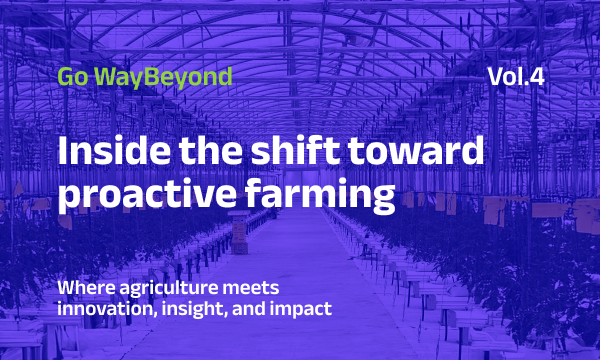
From cutting water use in drought-hit regions like Morocco to preventing thousands in losses from...
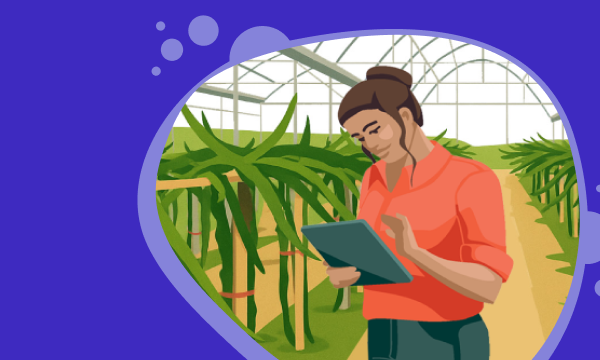
When faced with crop losses due to climate events and system failures, Eliven Tropical turned to...
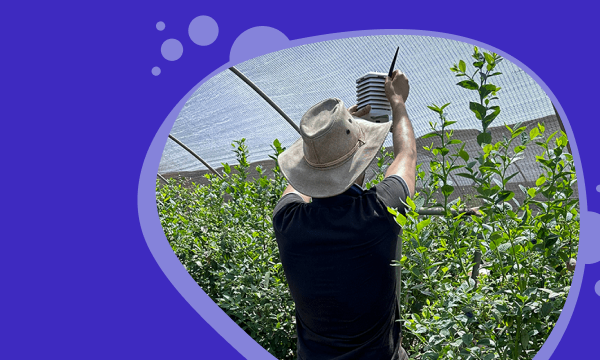
A leading Moroccan berry grower cut water use by 16% using climate data and ETo-based irrigation....
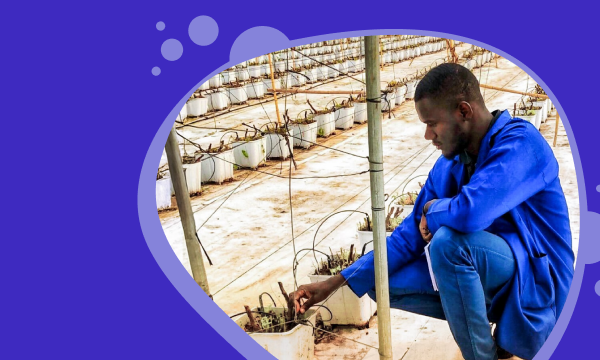
ETo forecasting is a simple but powerful tool for optimizing irrigation every day, in every season....
.png)
From breeding climate-resilient berry varieties in Australia to testing precision irrigation...
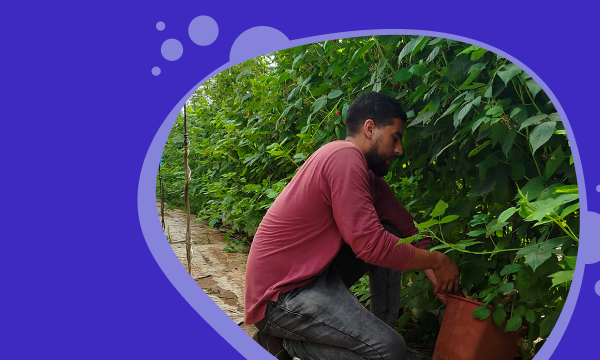
See the strategy behind evapotranspiration-based irrigation planning that helped a greenhouse...
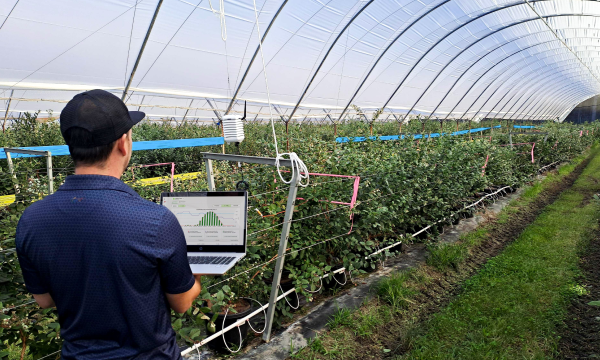
Costa Group is using WayBeyond’s FarmRoad platform to support its elite blueberry breeding program...

Soil systems around the world are under pressure. Pollution, climate extremes and unsustainable...

AgTech enters 2025 with strategic investments prioritizing long-term food security over quick...
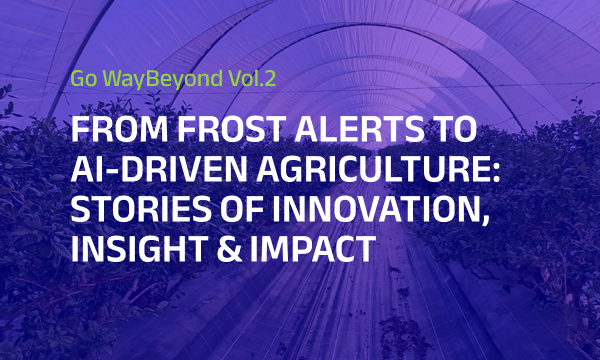
Our newsletter explores the evolving world of agriculture through the lens of innovation, insight,...

Darryn shares how digital agronomy and AI-powered solutions help farmers optimize production,...
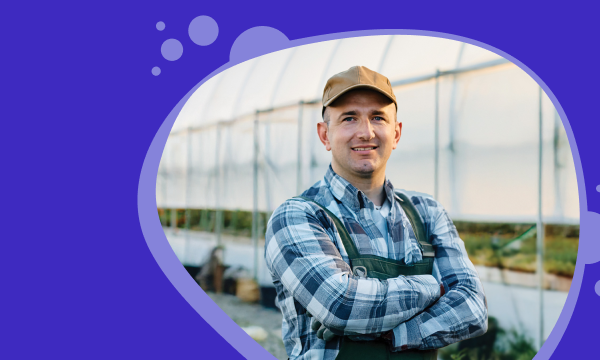
Learn how a people-first approach to change management empowers growers to successfully transition...
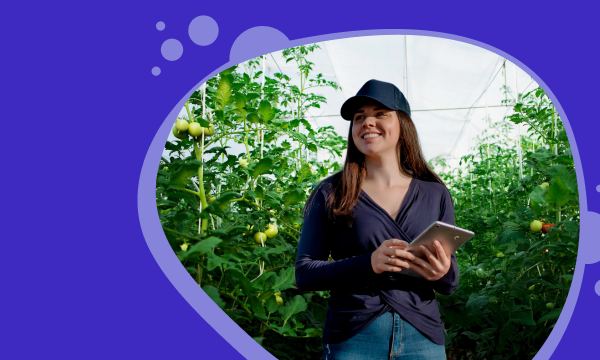
The grower's guide to using data for effective crop management. Get practical tips to achieve...

Darryn Keiller shares his thoughts on the urgent need to rethink farming, tackle regional...

The HM.CLAUSE Kenya seed production team faced several challenges in optimizing their yield...

With late blight causing crop loss and large costs, Agrícola Chaparral turned to digital agronomy...

Learn how six key weather data points can help you make smarter irrigation decisions, conserve...

Two weeks, three countries, and ten customer farm visits later, Daniel Than, WayBeyond’s Customer...
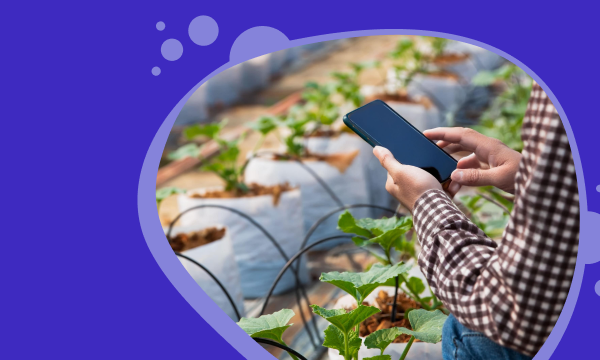
A smart approach to water management is key to helping growers tackle water scarcity and climate...
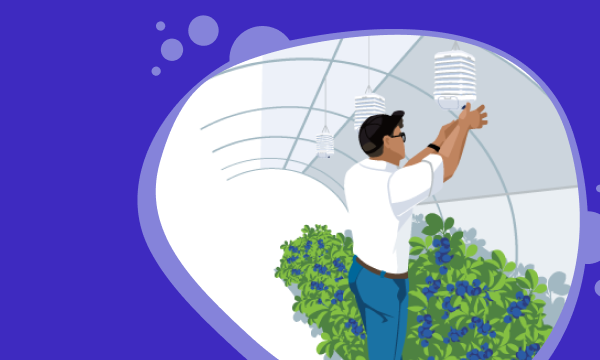
With over 470 ha of blueberry production, African Blue needed to unify farm data to improve crop...

What if tomato seeds were treated as commodities? This article explains how data and AI can help...
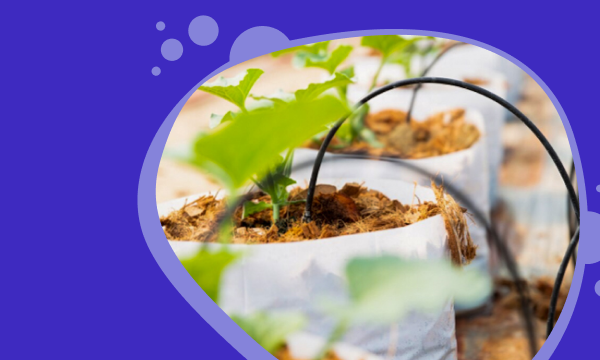
Uncover the vital role of drip and drain monitoring in optimizing drip irrigation farming.
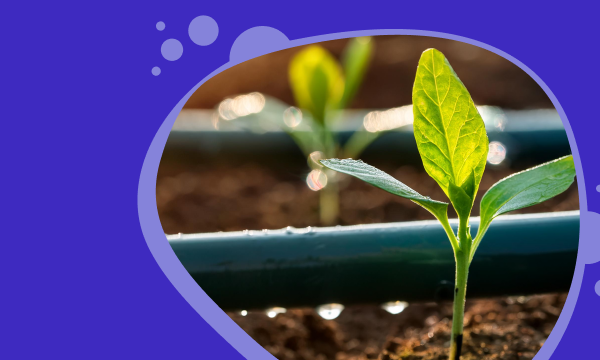
Explore how protected cropping growers can use data insights to drive smart irrigation practices.
.png)
Learn how Khawla Derstaouieh embraces digital agronomy to optimize irrigation, track pests, and...

Heatflation is rising food prices caused by extreme heat from climate change. How can protected...

Heat stress is a significant concern for berry growers as it has both positive & negative effects...
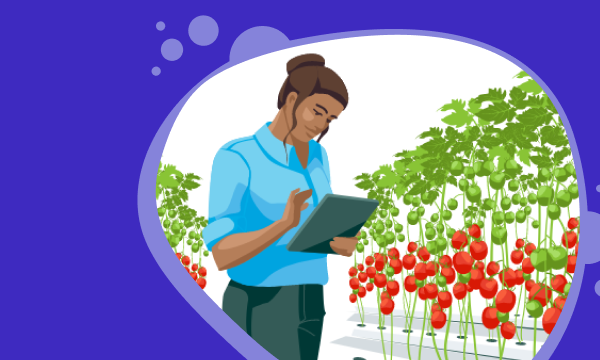
Do growers focus too much on high accuracy yield forecasting and miss key contextual indicators?

Discover how Sanaa Elmarini enhances decision-making in blueberry crop management at African Blue...

Practical solutions for today’s challenges in the world of horticulture. From real-time data to...
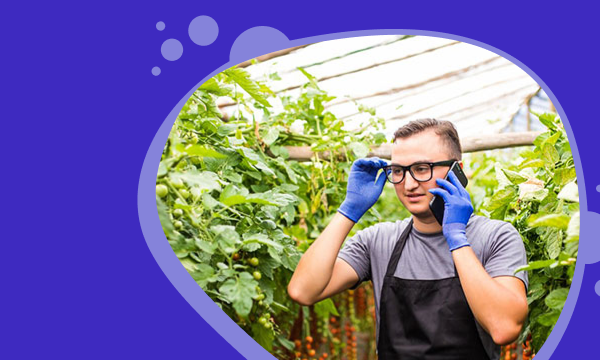
Real-time alerts play a vital role in empowering growers to make better crop management decisions.

Darryn addresses the importance of food security, how the pandemic showed a real vulnerability in...
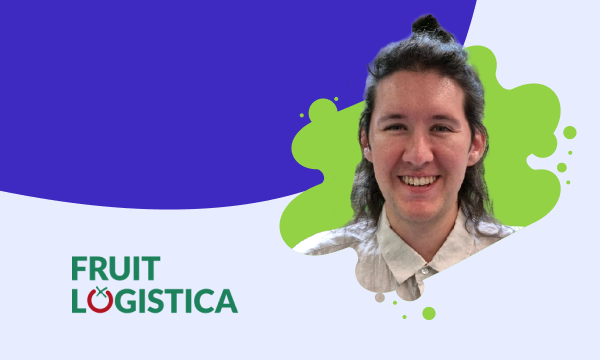
Real world examples of common issues faced by growers that can be solved with real-time data,...

In this crop steering guide, you'll learn how to adjust environmental factors for ideal plant...
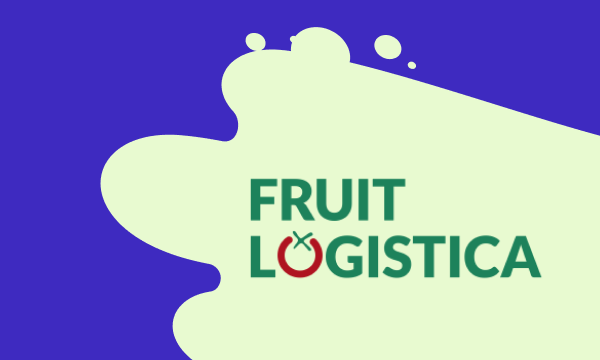
Fruit Logistica 2024 in Berlin wrapped last week, bringing to a close its biggest edition yet with...

Discover strategies for maximizing crop yields by balancing generative/vegetative growth.

The protected crop growers guide to successfully managing your plants, team, practices and...

The future of farming may be indoors. We know that’s already happening for tomatoes and leafy...

Read our team's report on the 2023 Morocco Berry Conference, held in Agadir.

Learn how interpreting crop yield prediction with contextual data improves decision-making and...

WayBeyond's team share first impressions, general observations and key takeaways from Fruit...
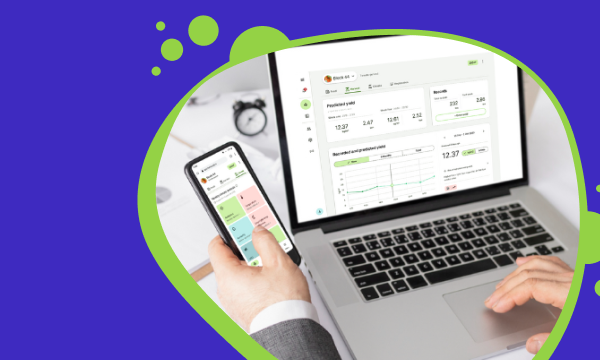
SaaS adoption in horticulture: discover challenges and pitfalls for both growers and technology...

Frost devastates blueberry crops, leading to significant economic losses. By harnessing digital...

Digital agronomy insights helps tackle crop loss, production variations, and declining yield by...

Lee Kirsopp challenges the need for high accuracy yield prediction. Can other data provide better...

Insights and reflections from the WayBeyond team at GreenTech Americas 2023, held in Querétaro,...

3 production problems that can be solved by collecting data: cross loss from disease, poor crop...

WayBeyond's study unveils factors behind yield swings and proposes an alternative to improve yield...

Discover the true cost of a fungal disease outbreak in crops, how to respond and the financial...
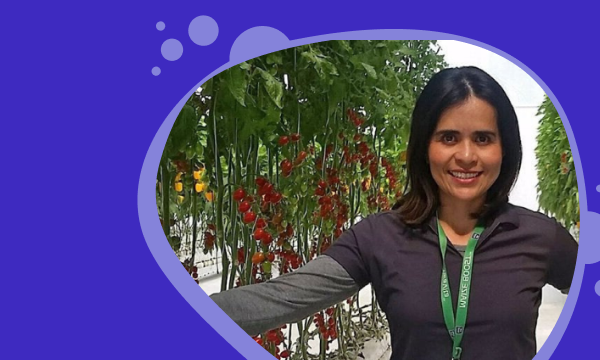
With protected agriculture on the rise, Mexico is ripe for the next wave of tech innovation.
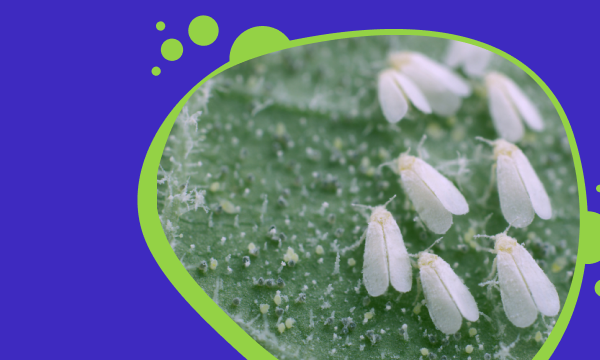
Get insights on Integrated Pest Management planning for effectively managing infestations.

Learn the challenges and potential of AI and machine learning in agriculture for sustainable crop...
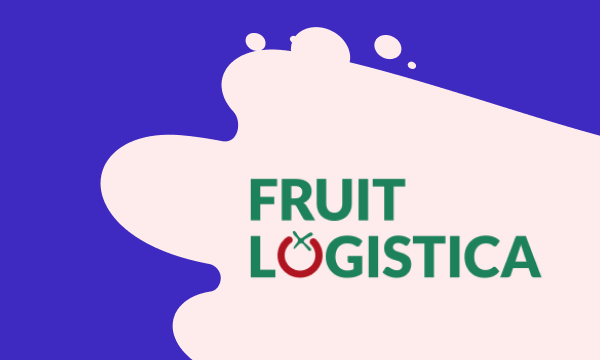
Read the round up of Berlin Fruit Logistica 2023 from the WayBeyond team on the ground.
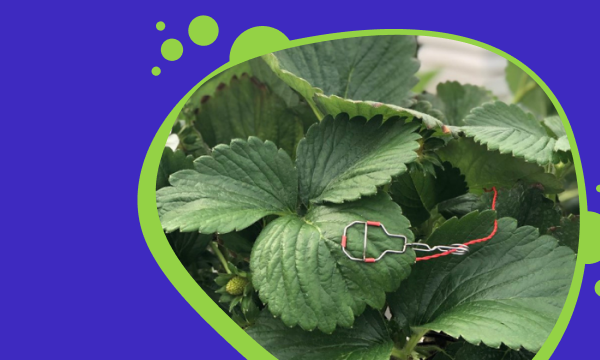
Learn how to manage plant stress and improve crop performance with Vapour Pressure Deficit.
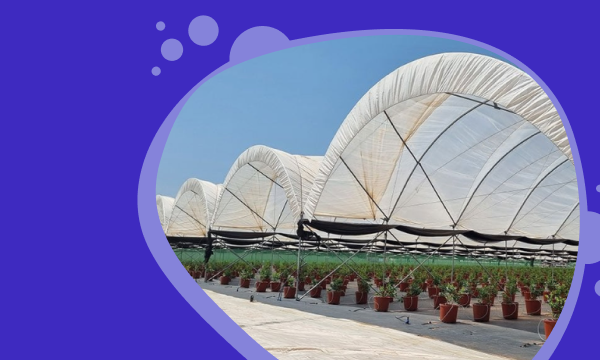
Harnessing FarmRoad enabled to monitor the status of their crops and the farm as a whole and...
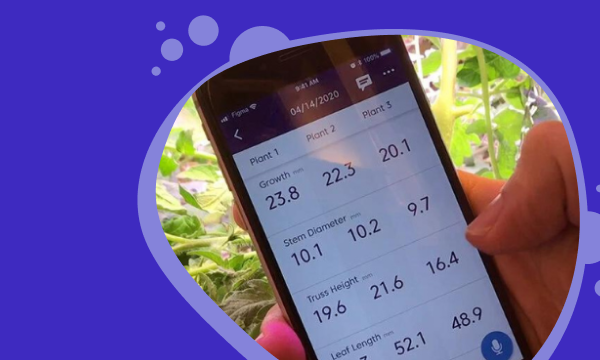
Why do growers use crop registration and how does it benefit crop management practices?

Our food systems face uncertainty in the wake of Climate Change. Cyclone Gabrielle highlighted the...
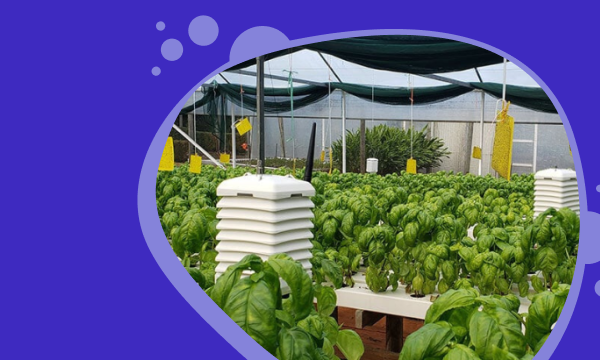
Growers require frequent and detailed climate data and crop status visibility to get the best from...

The agronomist at Season Farms noticed a drop in production and turned to WayBeyond's digital...

Plant pathology is the study of plant diseases and how they interact with plants. In this in-depth...
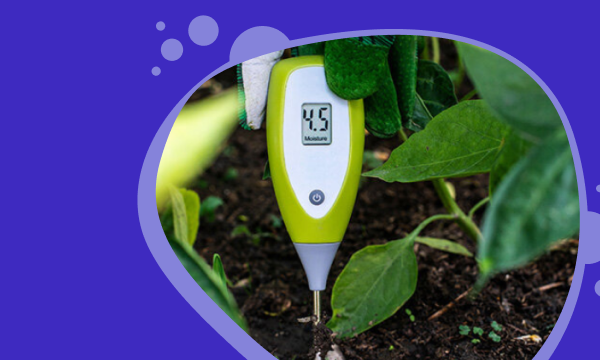
While the popularity of hand held moisture meters for plants shows no signs of abating, there are...

Lotte Bayly shares about her career journey, navigating gender bias, and her views on gender...
Champions of crop management.
Giving commercial growers the power to make better crop management decisions and optimize crop outcomes.
Solutions
Customers
©2025 WayBeyond. All Rights Reserved.